The Fire Blocks in downtown Dayton has seen a major transformation in recent years spearheaded by The Windsor Companies, as several buildings on Third Street, including the Elks Building, Huffman Block Building, and Dickey Building, have been redeveloped into apartments, and many ground-floor tenants have opened including multiple restaurants and retail businesses.
This part of downtown suffered disaster during the Great Flood of 1913, as a gas explosion in the district stared a fire which proceeded to spread to an area covering several city blocks, destroying most of the structures which had stood there.
Beginning soon after, a few of Dayton’s notable citizens such as Adam Schantz commissioned larger, commercial structures built with fireproof construction methods, symbolizing a strong and resilient Dayton that would fight back from adversity.
But some tellings of the story seem to suggest that the district was completely torched and rebuilt. But instead, a pair of buildings on Third Street remained after the flood and fire and have been able to live on the present day.
The Oldest Commercial Buildings in Downtown Dayton
The buildings at 134-36 and 138 East Third Street were built ca. 1865.
The image below depicts the street scene a few years later in 1872. (The buildings are found where the “Paints” sign is located.)
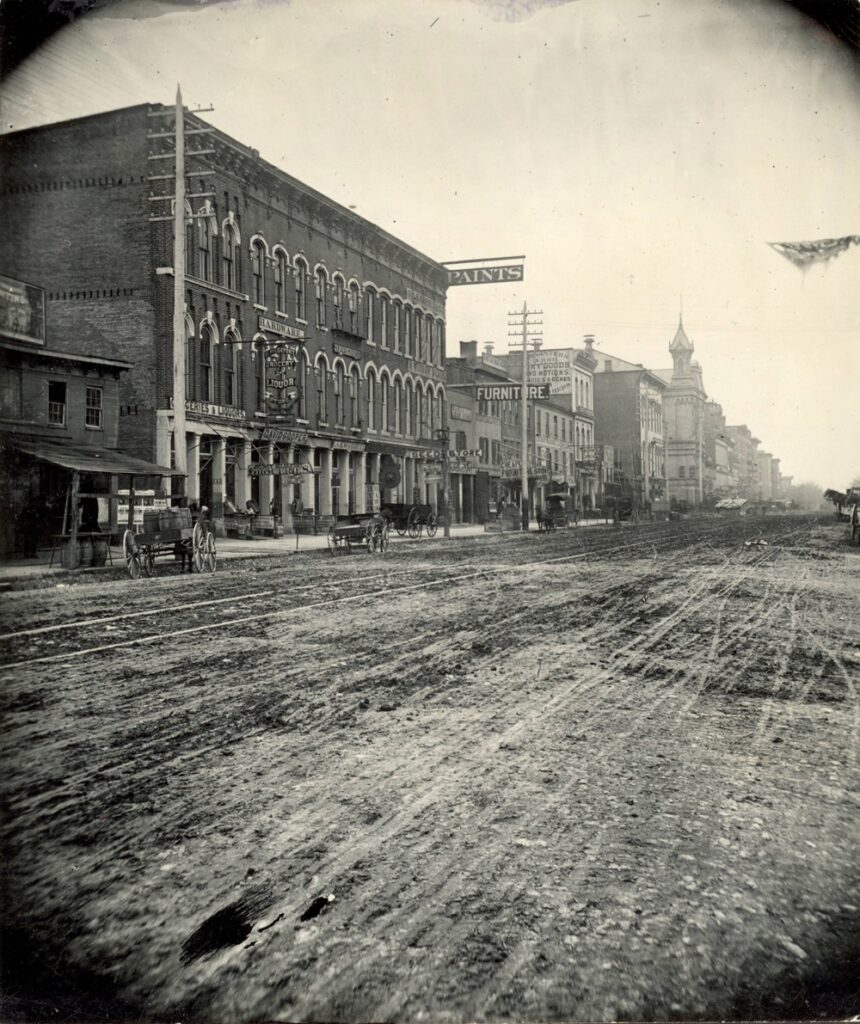
In 1875, 136 East Third was occupied by W. Sander Central Wine Depot, which advertised foreign and domestic wines, liquors, bottled lager beer, English ale, and porter. The proprietor William Ferdinand Frederick Sander was born in Germany in 1819 before arriving in Dayton in 1860 with his wife and children.
Sander was very active around town, as he was a member of the Dayton Turngemeinde, the Mendelsohn Society of Dayton, and even was the first King of the Dayton Sharpshooters rifle club. His love of trees and experience in Germany as a forester led to him planting hundreds of trees in Oakwood Park, where the Sharpshooters held their shooting matches.
Sander’s business neighbor in 1875 was the Lowe Brothers Paint Company at 134 East Third, a firm which occupied several buildings in the area. By the time of the flood in 1913, 136 East Third was occupied by Nipgen & Co.

During the flood, the south side of East Third Street suffered heavy losses due to the fire, including the Lowe Brothers Paint Company’s building on the west corner, the Nurrenbrock Co., and Irvin-Vinson Jewell Co. buildings which we saw in our article about 124 E Third, and the Star Theater at 132 East Third which had just opened two years earlier in 1911.
The Kimmel Seed & Hardware Co on the east corner also burned and was little more than a hollowed out shell post-flood, but the 134-136 E Third and 138 E Third buildings were still standing, as visible in the following image:
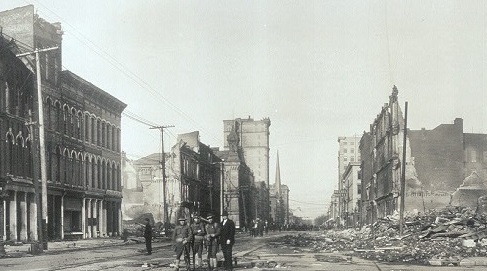
Because of a combination of large-scale urban renewal and piecemeal demolition for parking in the latter half of the 20th century, Dayton’s central business district has barely any 1800s commercial structures still standing, an oddity for a city of any size.
These two are a rare exception, and the best downtown examples of the Italianate style today.
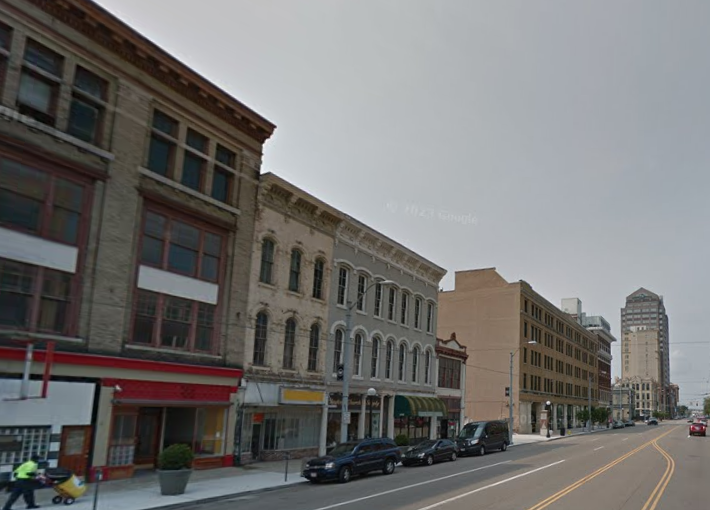
A great group of commercial buildings of this era was the Second Street Historic District, but it was demolished in the 1980s for what is today the Premier Health Tower. One of the building facades was saved, however, and is now part of the RTA Transit Hub.
These buildings on East Third are likely the oldest commercial structures in the Central Business District, beating out the Kuhn’s Building (1882) and a couple other candidates.
There are, of course, older downtown houses, as well as older commercial buildings in the Oregon District that date back to the 1850s.
In the CBD, the building that recently housed Stage Door could be a candidate of at least similar age and architecture although it has been much more altered and neglected in recent years. More research would be needed to definitively date it.
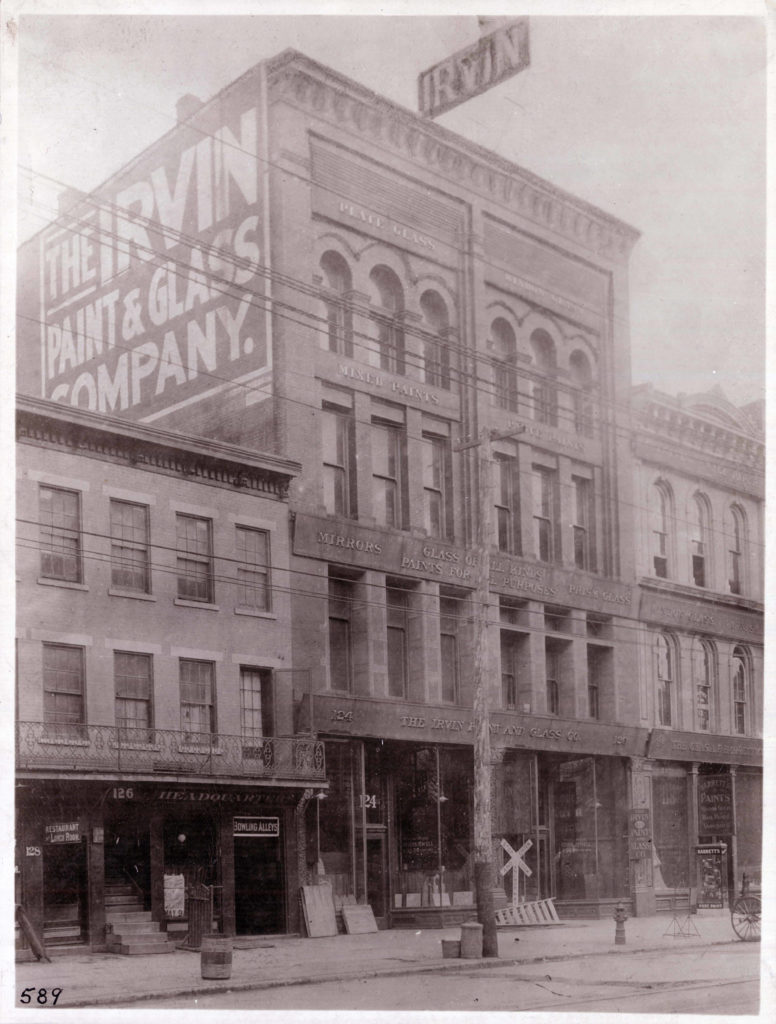
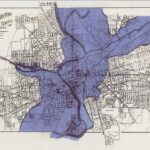
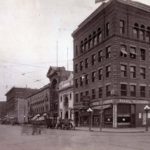
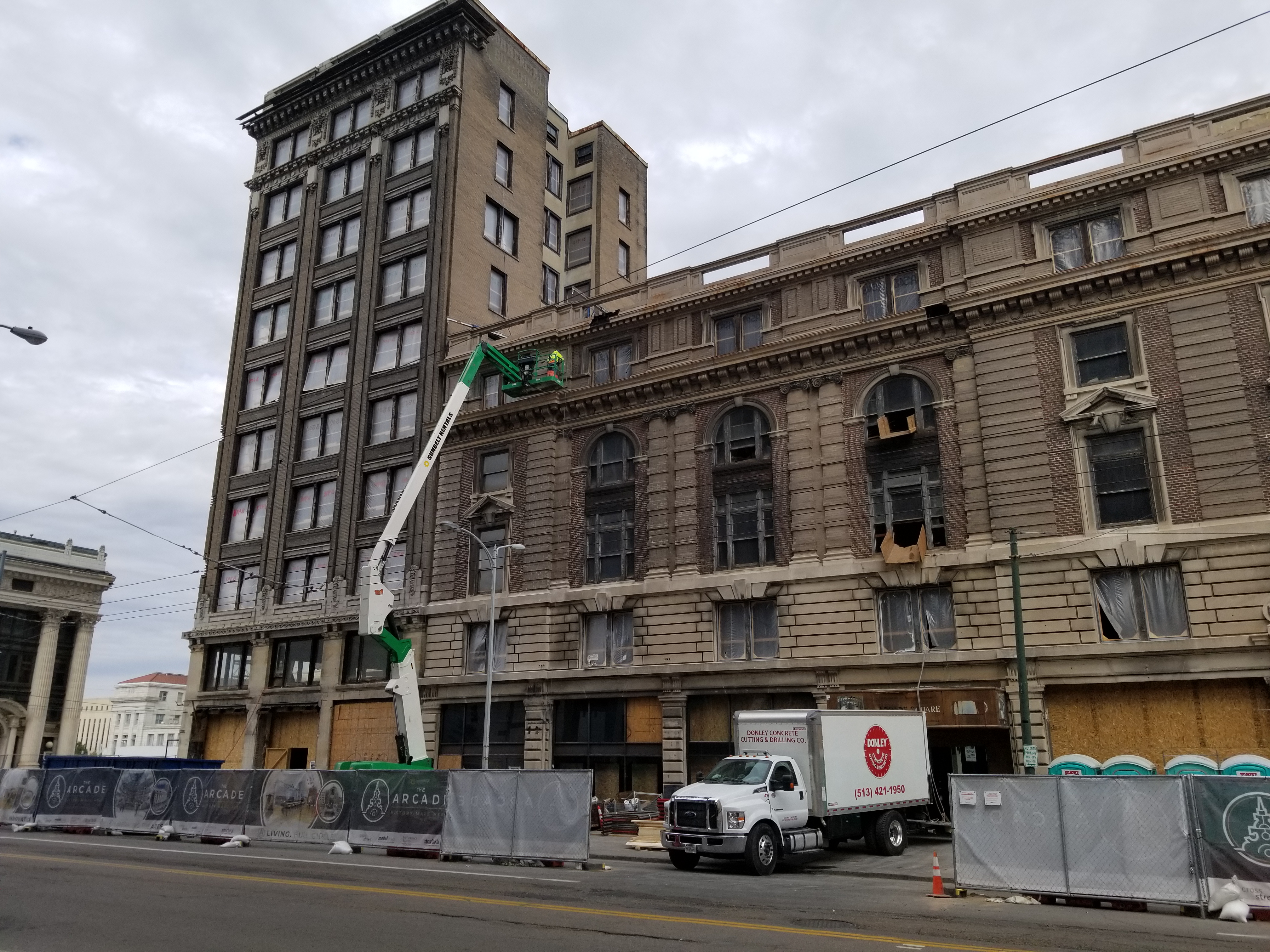
Leave a Reply